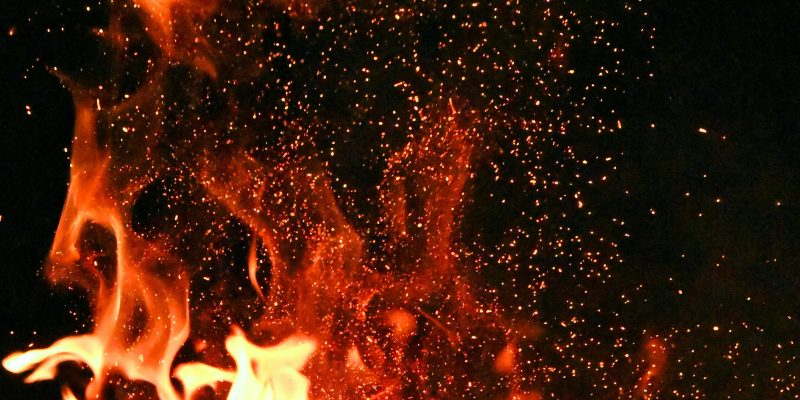Switchboards are typically designed and constructed to provide a level of fire resistance. They aim to mitigate the risks associated with electrical fires. However, it’s important to understand that switchboards are not inherently fireproof. Instead, they meet fire safety standards and include features that reduce fire incidents and limit their spread.
Key points regarding the fire resistance of switchboards:
Enclosure Materials:
Switchboards are often in enclosures of fire-resistant materials such as steel or other metal alloys. These materials have good fire-resistant properties and can withstand high temperatures without deforming or contributing to fire propagation. Non-metallic enclosures of fire-retardant plastics or fiberglass may also be used, especially when weight reduction or chemical resistance is important.
Fire-Rated Components:
Components within the switchboard, such as circuit breakers, switches, busbars, and wiring, may be designed to meet specific fire-resistance standards and certifications. Fire-rated circuit breakers and switches are designed to operate safely under high temperatures and to minimise the risk of electrical faults that could lead to fires.
Ventilation and Heat Dissipation:
Proper ventilation design in switchboard enclosures helps dissipate heat generated by electrical components. This prevents overheating, which can be a precursor to electrical fires. Ventilation openings also prevent the ingress of dust, debris, and foreign objects that could contribute to fire hazards.
Compliance with Standards:
Switchboards are designed, manufactured, and installed according to relevant safety standards and regulations, such as the International Electrotechnical Commission (IEC) standards, In Australia AS/NZ 61439, and local building codes. These standards specify requirements for fire resistance, electrical safety, insulation materials, component ratings, and installation practices to reduce fire risks in electrical systems.
Installation and Maintenance:
Proper installation, maintenance, and regular inspections of switchboards are essential for fire safety. This includes ensuring that electrical connections are secure, and components are rated for their intended use. It also involves addressing any signs of overheating or wear. Fire prevention measures, such as using fire-retardant cable insulation, maintaining adequate clearances around switchboards, and following safe wiring practices, also contribute to fire safety.
While switchboards have fire-resistant features and withstand certain heat and fire exposure levels, they are not completely fireproof. It’s important to adhere to safety guidelines, follow best practices, and implement fire prevention measures to minimise fire risks in electrical installations.

